A BIRTHDAY TRIBUTE: The celebrated Mr. K salutes his childhood pal, who turns 66…
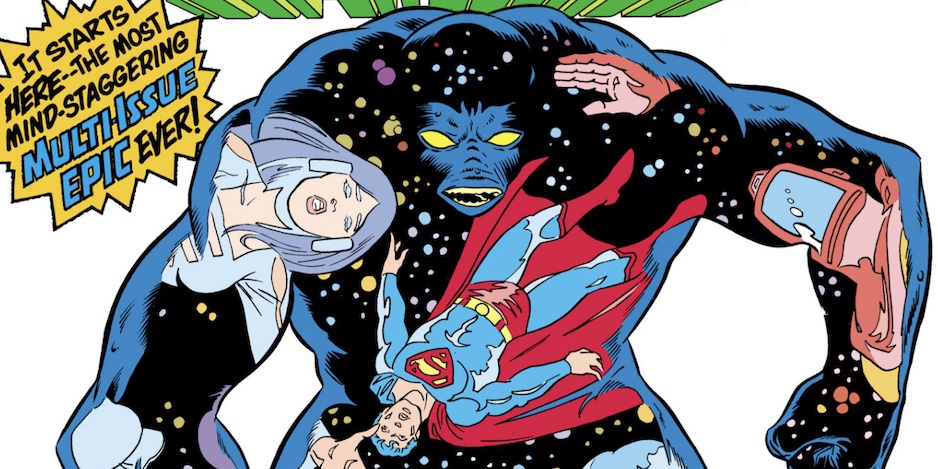
By PAUL KUPPERBERG
Disclaimer: Paul Levitz (October 21, 1956) is my oldest friend. We met in 9th grade in Brooklyn’s Meyer Levin Junior High School in 1969, two comic book-reading ships that collided in the lunchroom and soon after began publishing crude Xeroxed fanzines like Postscripts out of Paul’s East 58th Street home. During our fannish years (’69 –’73), I practically lived at Paul’s house after school and on weekends and was always made to feel welcome by his parents, Alfred, and Hannah, and, of course, Chi-Chi the wonder dog, the family’s miniature Schnauzer. When Alfred got tired of us both responding every time he said “Paul,” he dubbed me PK, a nickname that persists to this day, especially among those who have known me since the ‘70s. When I started on staff at DC in 1991, Paul started referring to me by my proper name, I guess because he thought it sounded more professional, but it’s never sounded right to me.
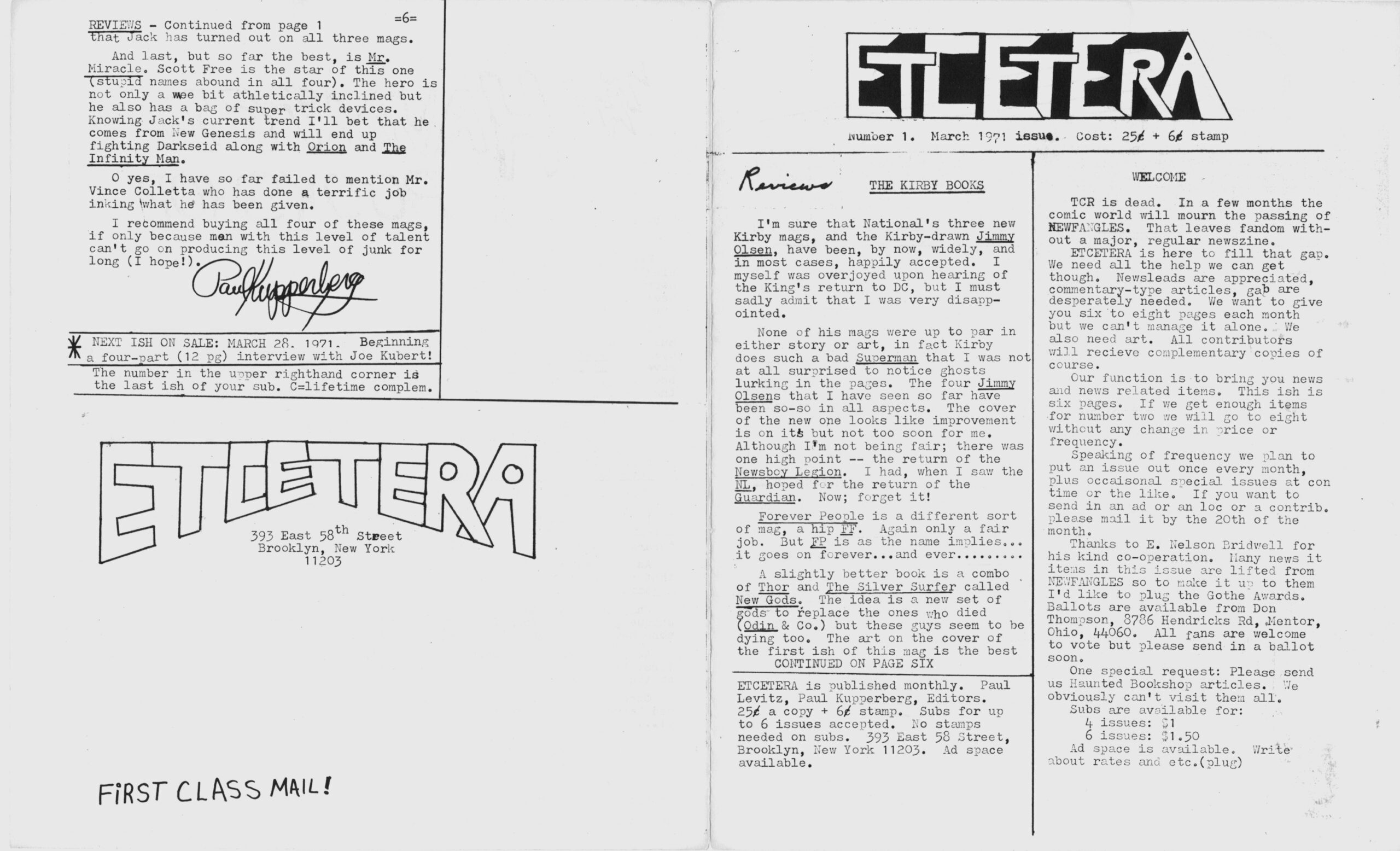
Our crude Xeroxed fanzines eventually yielded to the crude photo offset news ‘zine, Etcetera, which would later pick up and continue the legacy and numbering of one of comic fandom’s first and most respected publications, The Comic Reader. I don’t remember exactly why, but I soon relinquished my share of the ‘zine to Paul, although I remained involved, writing for and helping to produce the monthly fanzine, as well as editing three issues of the article ‘zine Etcetera (Volume 2), and helping produce the 1973 and 1974 square-bound, 100-page program books for Phil Seuling’s legendary New York Comic Cons.
Paul folded TCR Publications and handed it off to another publisher in 1973 when we started college, him at NYU, me at Brooklyn College, but those two and a half years of fan publishing would yield dividends to us both for the rest of our lives. A year earlier, DC editor Joe Orlando hired Paul to write his letter columns and text pages, that year, Joe brought Paul in as a summer replacement assistant editor while Michael Fleisher was on vacation. Long story short, Michael never came back, and Paul never left. My break came two years later when I sold my first scripts to Charlton Comics and, six months later, to DC.
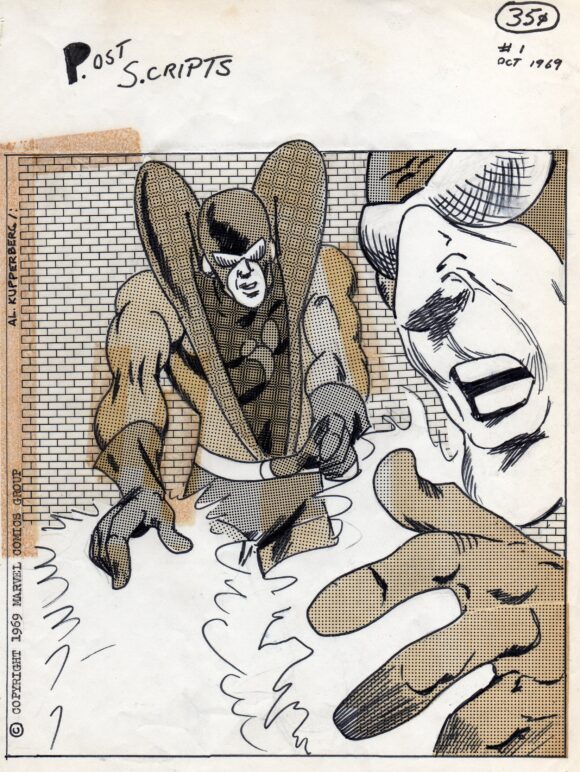
In those days (which, if I may digress, Paul and I discuss in my new book, Direct Conversations: Talks With Fellow DC Comics Bronze Age Creators, now nearing the end of its successful Kickstarter campaign, assistant editors and story editors were allowed to write to supplement what was, as per publishing in general, a pretty pitiful salary. Paul began stacking up credits on such titles as Weird Mystery Tales, Adventure Comics, The Phantom Stranger, and characters ranging from Aquaman to Kamandi. In 1976, he started writing All-Star Comics, a 1970s version of the Golden Age Justice Society of America. I must admit, seeing my friend’s work translated into pictures by the legendary Wally Wood (and later by Steve Ditko in the Levitz-created Starman feature) made me a little jealous at the time, but that didn’t stop me from digging into those collaborations. He also fulfilled a lifelong dream when he took on the assignment to write his fannish favorite title, Legion of Super-Heroes, which he did from 1977-79 and 1981–89.
Paul eventually flipped from editorial (after becoming an editor at age 20 and taking over the Batman titles from Julie Schwartz when he was 22) to the business side of DC, rising through the ranks as vice president, executive vice president and, in 2002, assuming the dual role of president and publisher. Paul retired from DC in 2009 and more than a dozen years later he still hasn’t slowed down. He continues writing and publishing (including the weighty and comprehensive 75 Years of DC Comics: The Art of Modern Mythmaking), teaching, and serving on several boards of directors. He’s also the recipient of an Inkpot Award (2002), the Bob Clampett Humanitarian Award (2008), the Dick Giordano Hero Initiative Humanitarian of the Year Award (2013) and was inducted into the Will Eisner Hall of Fame in 2019. And just recently, he announced his next project, his first time writing for Marvel on the Avengers: War Across Time 5-issue limited series with artist Alan Davis, for the team’s 60th anniversary next year.
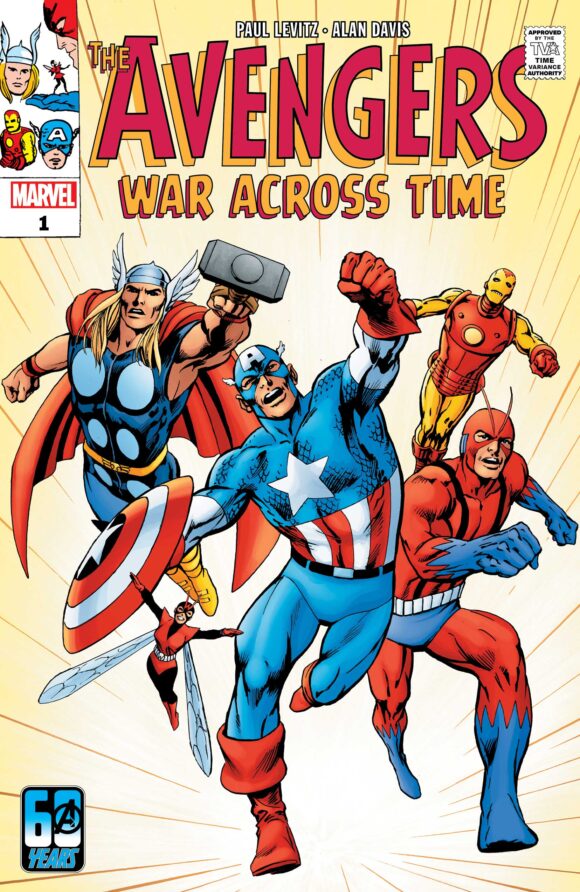
So, here’s to the next 53 years of friendship, old pal, and continued creativity for us both!
Here then, MY 13 FAVORITE PAUL LEVITZ BRONZE AGE STORIES.
—
Stalker #1 (June/July 1975). In 1975, the comics industry was entering one of the biggest shake-ups of its 40-year existence with changes coming in everything from the age of the readership to the way books were distributed. With everything changing, DC was in a place where they were willing to throw anything at the wall to see what stuck. One of those chances was Paul’s sword and sorcery creation, Stalker, which ran for a regrettably short, four-issue stint. A good story and beautiful art by Steve Ditko and Wally Wood, it was cancelled due to the whims of the time… and Carmine Infantino who was, alas, often quick to pull the trigger on books before they could find an audience.
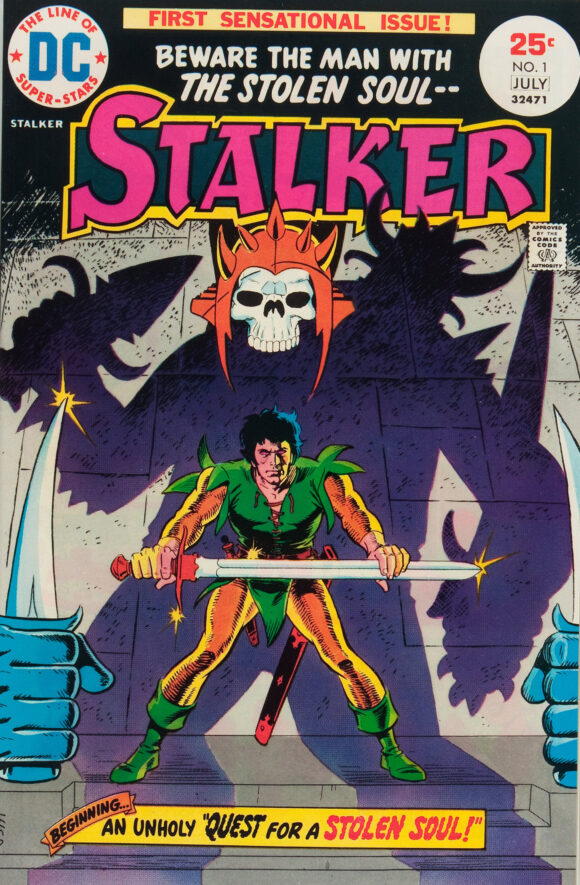
—
The Phantom Stranger #40 (December/January 1976). I enjoyed Paul’s run on The Phantom Stranger, including “The Kingdom of the Blind,” co-starring one of my favorite characters, Deadman, weaving together the otherworldly realms of the DCU. The art by Fred Carrillo didn’t hurt either.
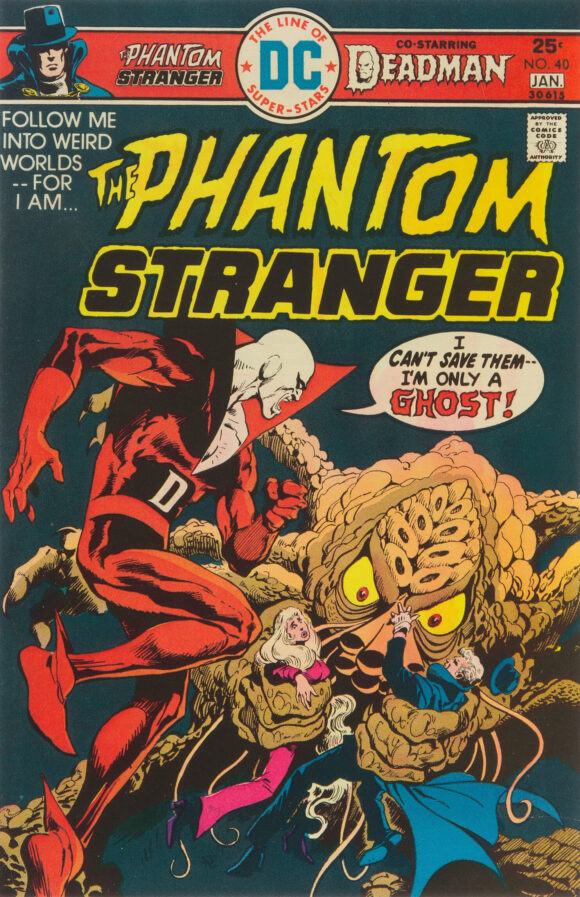
—
All-Star Comics #65 (March/April 1977). My love for the JSA and the Golden Age heroes goes all the way back to my first exposure to them in the JLA/JSA crossovers of my youth in the 1960s, so I was totally on board for the updated team Paul was writing, many issues of which were either drawn or inked by Wood. In fact, “The Master Plan of Vandal Savage” was the closest I would ever get to working with Wood, having pitched in to dialogue Pages 13–16 to help meet a deadline.
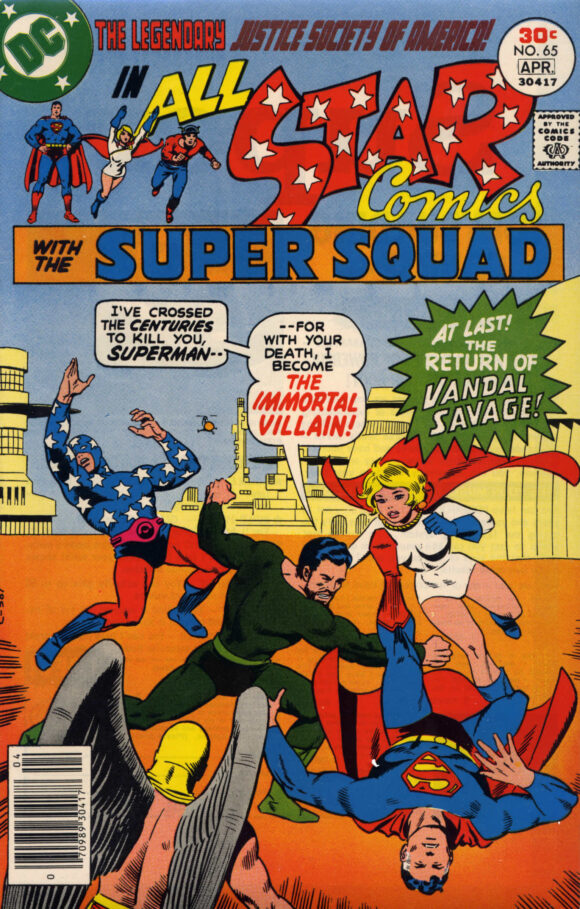
—
All New Collector’s Edition #C-55: Legion of Super-Heroes (1978). The story of the marriage of Saturn Girl and Lightning Lad was a big deal, especially since it was published in DC’s oversized tabloid-edition format that had mostly only been used for reprints. As Paul recalled in our talk for Direct Conversations, “About a year ago, I found the, quote unquote, ‘pitch’ that I had made for the Legion of Super-Heroes tabloid. And dear God, nobody in the world should have ever approved what was to be the first original comic tabloid edition not based on a major brand, like Superman vs. Spider-Man or Superman vs. Muhammad Ali, on anything that skimpy. A $2 version of one of our comics? OK. Yeah. Go for it.”
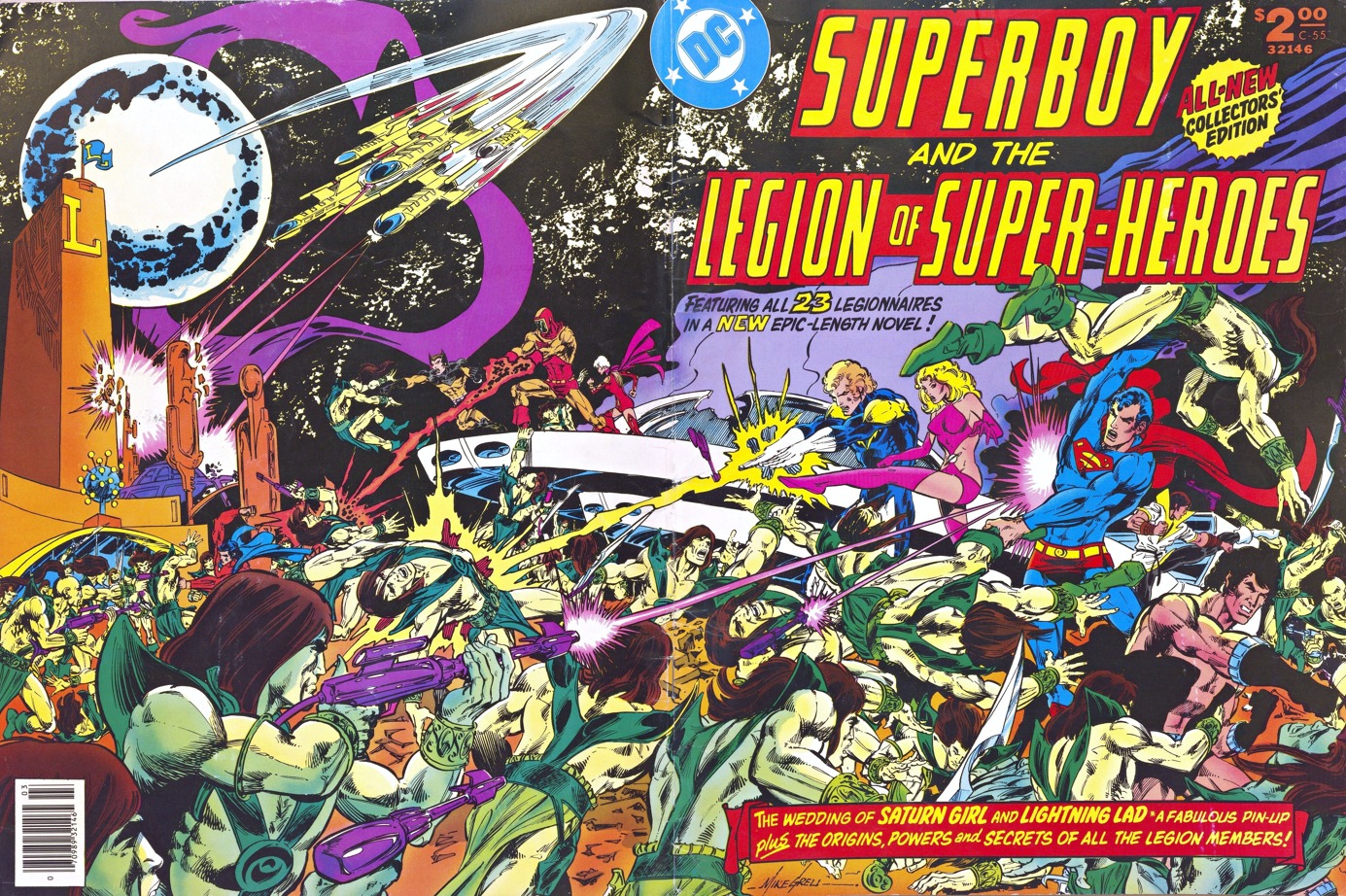
—
Showcase #100 (May 1978). I’ve probably signed more copies of Showcase #100 than any other single issue I’ve ever been involved with. Getting to co-write the venerable title’s 100th issue anniversary was a fannish dream I never knew I had until Paul offered me the gig. We spent an afternoon plotting the 36-page story that justified the inclusion of the dozens of characters to have appeared in its pages, which, when handed over to Joe Staton turned out to be even cooler (and more jampacked) than what we’d written. I call it “Crisis done in one and nobody had to die.”
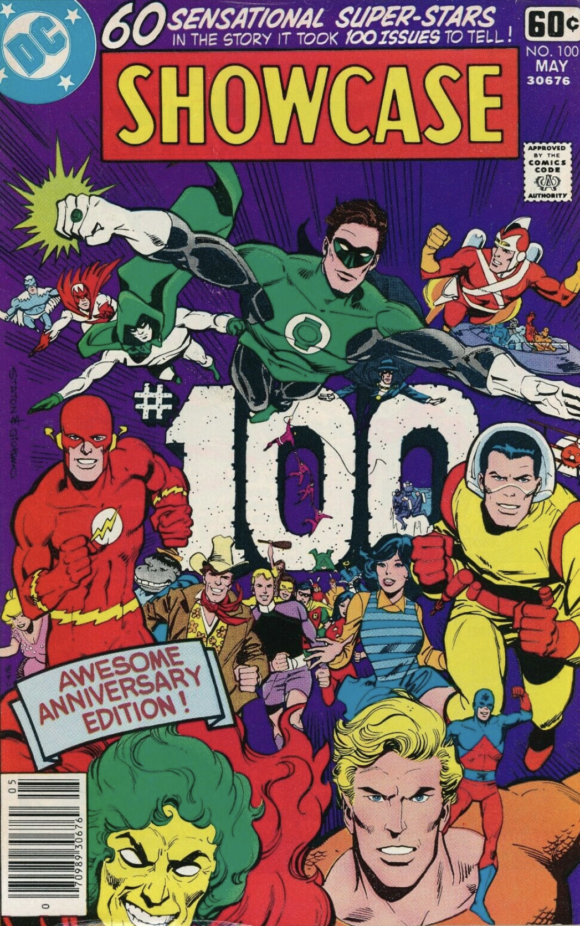
—
Superboy and the Legion of Super-Heroes #245 (November 1978). The evil Mordru and great art by Staton and Murphy Anderson. Just another day in the Levitz Legion.
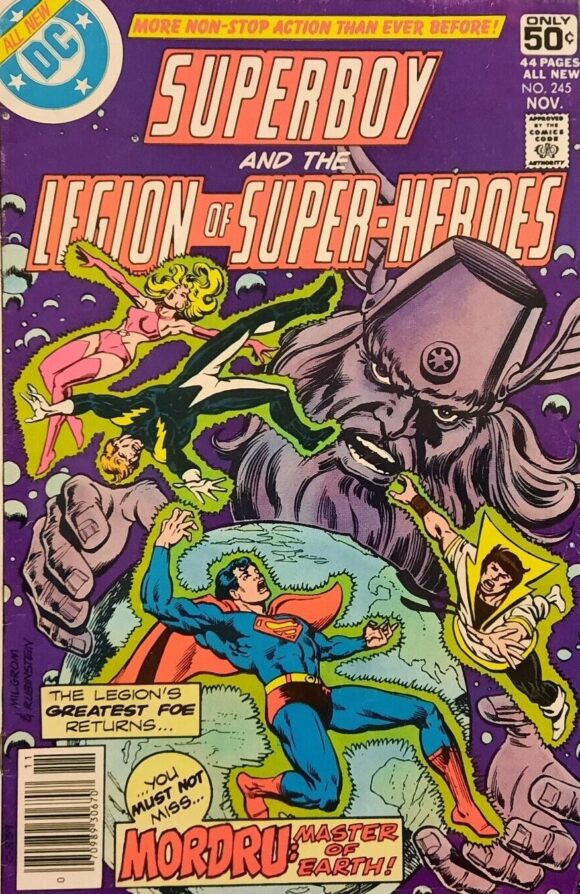
—
Wonder Woman #271 (September 1980). Co-created by Paul, Staton and Bob Layton, the Bronze Age Helena Wayne Huntress was introduced in All-Star Comics #69. The daughter of the Earth-Two Batman and Catwoman had a short run in the last few issues of Batman Family before taking up residence as a back-up in Wonder Woman.
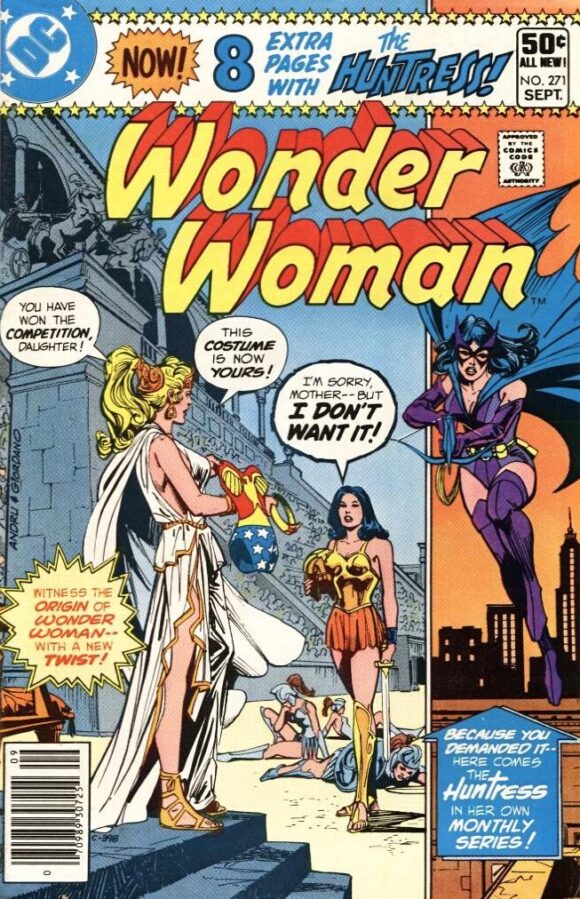
—
Adventure Comics #467 (January 1980). Paul and Ditko’s Starman was a short-lived treat, sharing the pages of Adventure Comics with Plastic Man and other features for only a year before being replaced by a revival of Dial H for Hero. Prince Gavyn’s story would be picked up in the 1994–2001 James Robinson/Tony Harris revival of Starman.
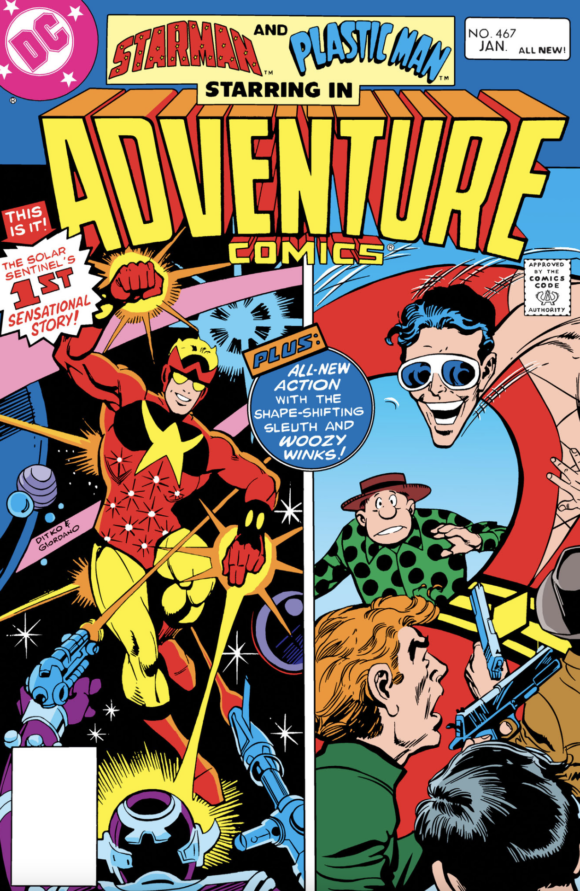
—
Mystery in Space #114 (December 1980). It ain’t all epics and cosmic space adventures. Sometimes, it’s just a quiet little morality tale like “The One That Matters,” with art by Dan Spiegle.
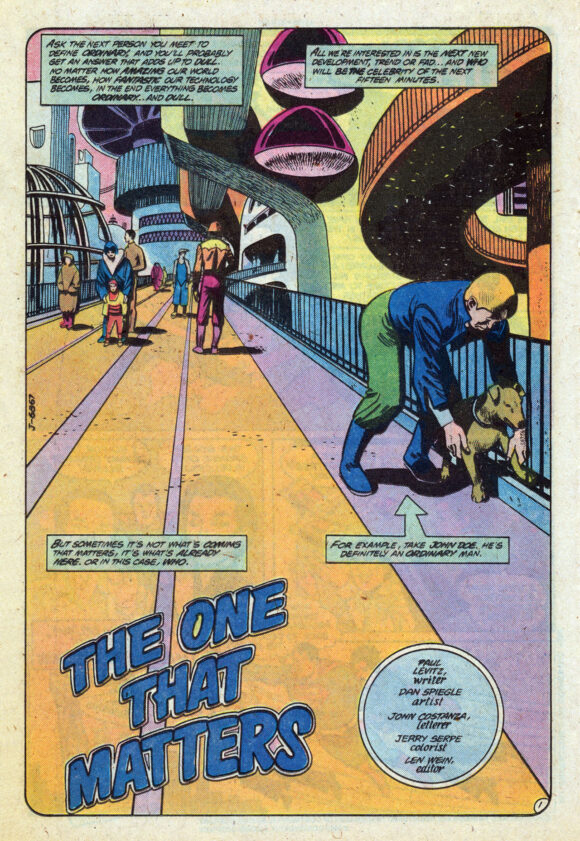
—
Warlord #51 (November 1981). Dragonsword was another Levitz sword and sorcery creation, with art by Tom Yeates. The strip’s self-contained story ran in the back-up slot of Mike Grell’s Warlord #51–54, and was replaced by my and Jan Duursema’s Arion, Lord of Atlantis.
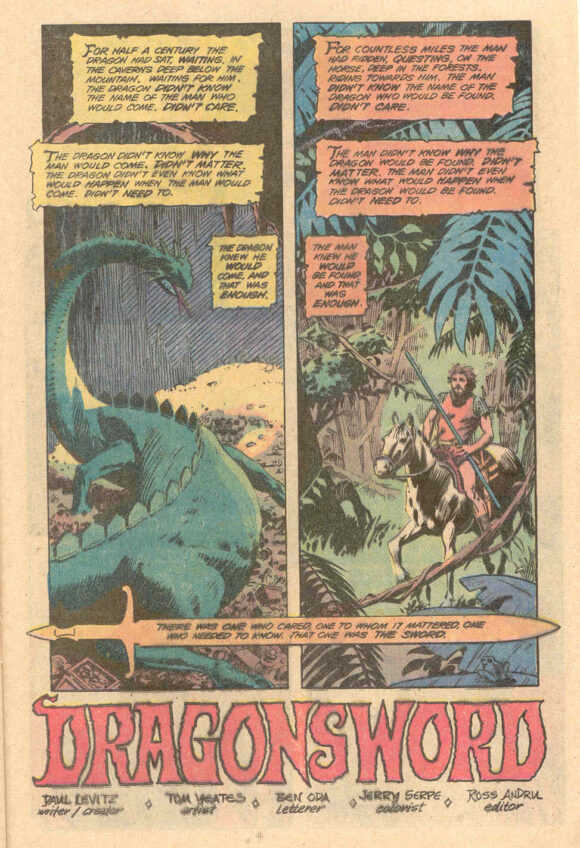
—
Superman Family #212 (December 1981). “A Deadly Day in the Life” of Lois Lane is anything but relaxing but this short with art by Bob Oksner and Vince Colletta proved once again that Lois can handle anything thrown her way. Even hand grenades.
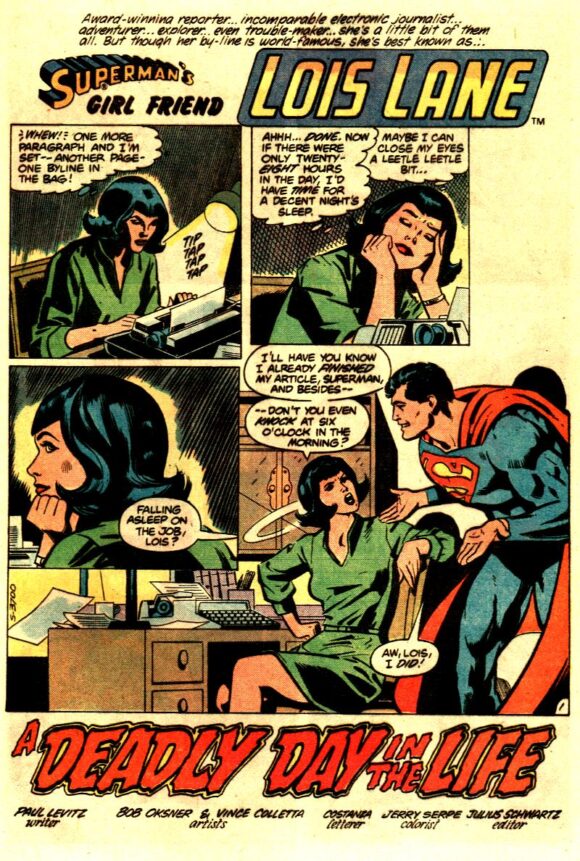
—
Legion of Super-Heroes #290 (August 1982). The beginning of The Great Darkness Saga. ‘Nuff said.
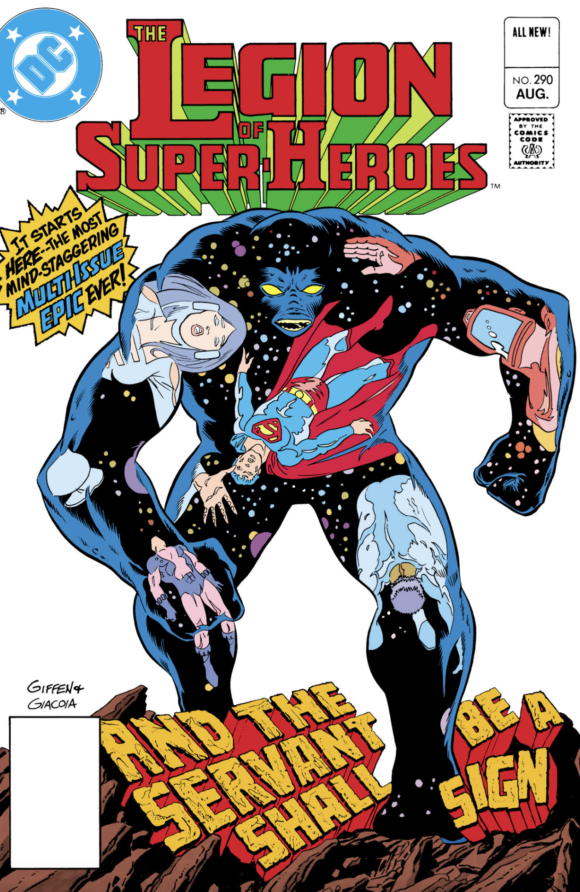
—
DC Comics Presents #59 (July 1983). Paul and his longtime Legion collaborator Keith Giffen present the second appearance of Keith’s Ambush Bug in DCCP, following his introduction by Keith and myself in an earlier issue. In our plotting session with Schwartz, he described Ambush Bug as “Bugs Bunny with a teleportation device.” Wackiness like that’s not always easy to write in the middle of a superhero story, but the inclusion of the oft-mocked Legion of Substitute Heroes made it all credible.
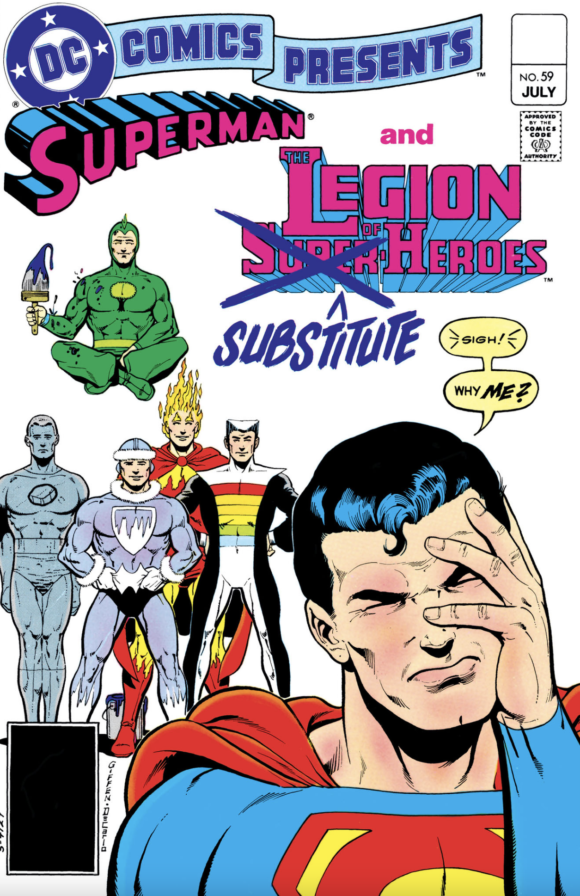
Th-th-that’s all, folks!
—
MORE
— LEVITZ AND GIFFEN: When the LEGION OF SUPER-HEROES Was at Its Best. Click here.
— PAUL LEVITZ Joins MARVEL for a Special AVENGERS Miniseries. Click here.
—
The Kickstarter for Paul’s Direct Conversations: Talks with Fellow Bronze Age DC Comics Creators is almost funded! Click here to pledge. You’ll dig it!
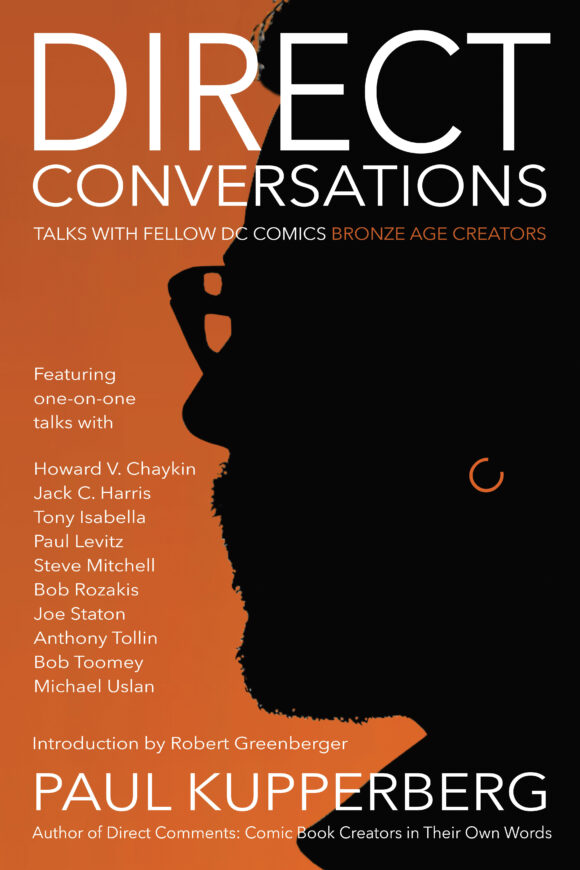


October 21, 2022
I was a little young for Stalker and missed it originally but recently bought all 4 issues on ebay. Absolutely loved it, bummer it did not last longer.
Was a 5th issue ever done ?
October 22, 2022
They actually ended their story arc with #4. Apparently by that point everyone knew DC was quick to cancel a series, so they intentionally brought their story to something of an early conclusion, but with the possibility to continue if sales warranted. Not quite the first miniseries in comics but headed in that direction. I think something similar was done with Mike Grell’s Warlord, where there was a 6-month gap between issues #2 and #3. In the case of Warlord, the title came back and ran for over a hundred issues. Sadly not for Stalker.
October 22, 2022
I wasn’t always sure what Paul did; but I loved seeing the callouts in various books. I specifically remember “Levitz Cocoa” and a “Levitz Trucking” snuck into various book panels.
October 28, 2022
I really enjoyed Dragonsword. Surprised there was never a follow up.
June 16, 2023
JLA #147&148 for me were personal faves…the annual JLA/JSA crossover (with the Legion!) written by Paul and Marty Pasko with great art by Dillin and McLaughlin …❤️